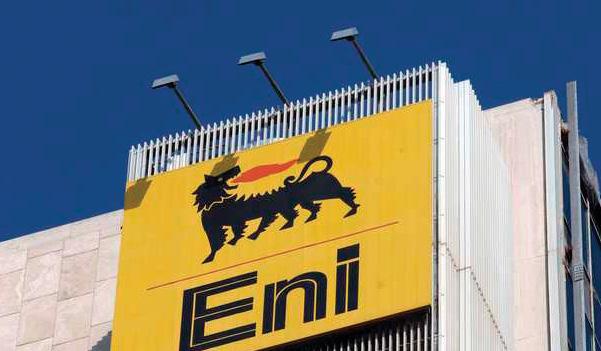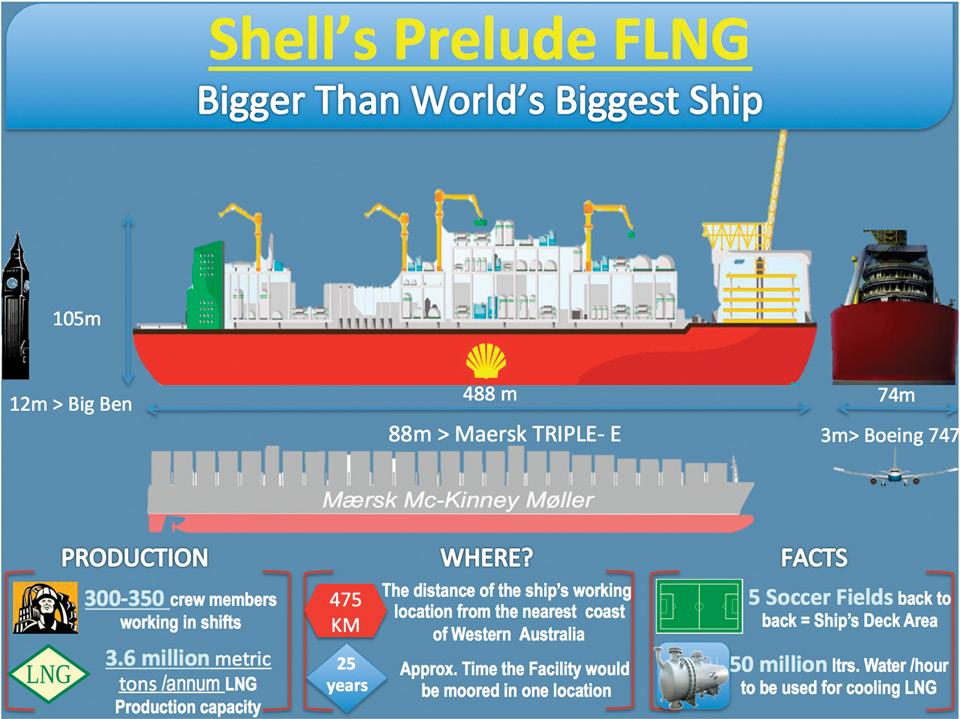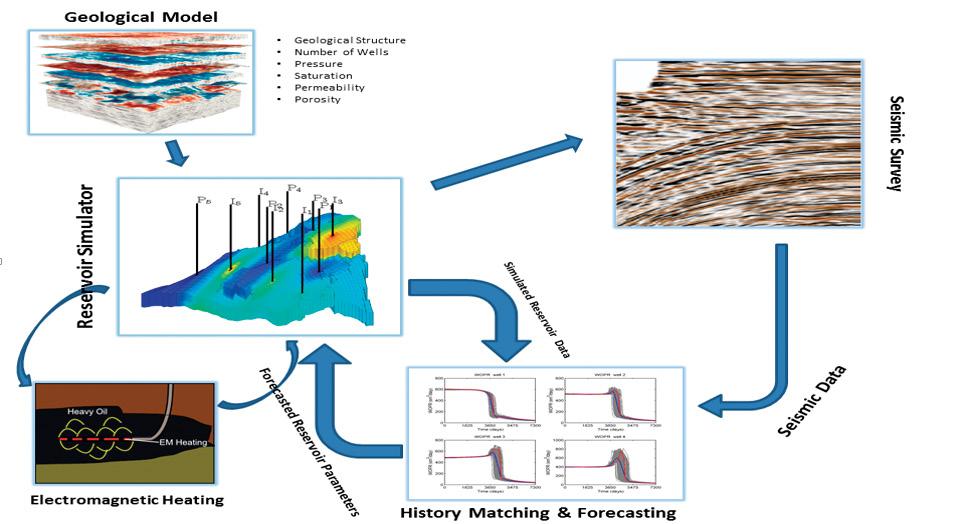CASE STUDY
Field Applications of Different Reservoir Characterization Techniques Shedid A. Shedid Technical Consultant and Professor NEXT-Schlumberger, Texas, USA
Enhanced reservoir characterization, is an essential requirement for better oil recovery from heterogeneous reservoirs. Several engineering techniques have been developed and used widely worldwide for reservoir characterization identifying hydraulic flow units, including Characterization Number (CN). In 2003, Shedid and Almehdiab developed a new concept called Characterization Number (CN) represented below. It includes square root of permeability by porosity in addition to other important parameters of the reservoir and its flowing oil.
ær os o- W 2 è mo Cosq
CN =1.0067 ´ ç ç
öæK ro ÷ ç ÷ç øè K rw
ö K ÷ ÷ j ø
It is important to point out that krw and Kro are respectively the relative permeabilities of water and oil at their endpoints. r o , s o - W , and mo are the oil viscosity, oil-water Interfacial Tension (IFT), and oil viscosity respectively. The end-points of relative permeability curves of oil and water are considered as an indication of the wettability of the reservoir rock. Application of the reservoir Characterization Number (CN) requires oil density to be expressed in Kg/m3, viscosity in centipoise, IFT in N/cm, and permeability in milliDarcy. The challenge in this technique is that it is frequently assumed it is working properly and capable of identifying the flow units. However, in practice, static rock properties are not representative of dynamic flow conditions and ignore the fluid properties in the reservoir. In addition, many models ignore these properties and sometimes different reservoir heterogeneity scales are mixed. The main objectives of this study are to provide analytical evaluation and investigate the accuracy of field application of the Characterization Number technique. Actual field data from three heterogeneous oil reservoirs from Egypt, Iran and United Arab Emirates (UAE) are analyzed and used to investigate the accuracy and field implementation of this technique. The actual field results indicated that the application of Characterization Number technique (CN) has proven to be the most accurat in the identification of flow units with minimum scattering degree of data points. It gives an additional advantage of plotting data on a Cartesian Scale. Beginning with the Egyptian oil field, discovered in late 1960s and started producing in December, 1974 at initial production rate of 25 Mbbl/day, four different reservoirs (two producing from Nubia C, and two producing from Upper Cretaceous). Nubia reservoirs are the main producing horizons in this field. A complete set of data of this field is used to apply different reservoir characterization techniques. 14
ECHO February 2015
Figure 1: Characterization Number vs. SQRT(K/Ø) in Egyptian Reservoir.






